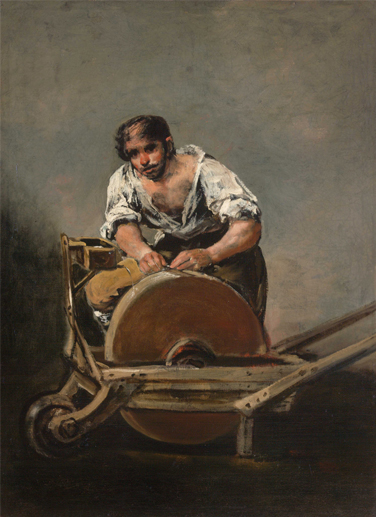“Treasures from Budapest” at the Royal Academy.
A carved and gilded figure of St Andrew, with lank hair and an extravagantly ringleted beard, sternly fixes his lifelike painted eyes on the pages of the holy book that he holds open in the palm of his right hand. With his other fist he clutches the x-beamed cross on which he would be crucified, his martyr’s emblem. He is the central figure of an elaborate, multi-panelled unfolding altarpiece created for the church of Liptoszentandras in Upper Hungary in 1512 (the same year in which Michelangelo finished painting the vault of the Sistine Chapel in the Vatican), and therefore a rare intact survival from the world of Hungarian Renaissance or – either designation has a case to be made for it – Late Gothic art. This solemn St Andrew is currently to be found in distinctly mixed company, including a Virgin at her coronation painted by Giotto’s most faithful follower, Maso di Bianco; a pinheaded and rather bilious-looking Pregnant Virgin by “an artist active in Vienna, early fifteenth century; and a gaunt John the Baptist standing in a distinctly Tuscan wilderness painted by Jacopo del Sellaio in the last quarter of the fifteenth century.
The opening galleries of “Treasures from Budapest”, the Royal Academy’s main exhibition of the autumn, set the pattern for the whole. This is a rich and unpredictably eclectic show, drawn from one of the most impressive art collections in central Europe, that of the Museum of Fine Arts in Budapest, augmented with a smattering of loans from the Hungarian National Gallery. Originally a princely and aristocratic collection, it was most significantly expanded during the rule of Prince Nikolaus II Esterhazy during the late eighteenth and early nineteenth centuries – a period of great opportunity for collectors of Old Master...


